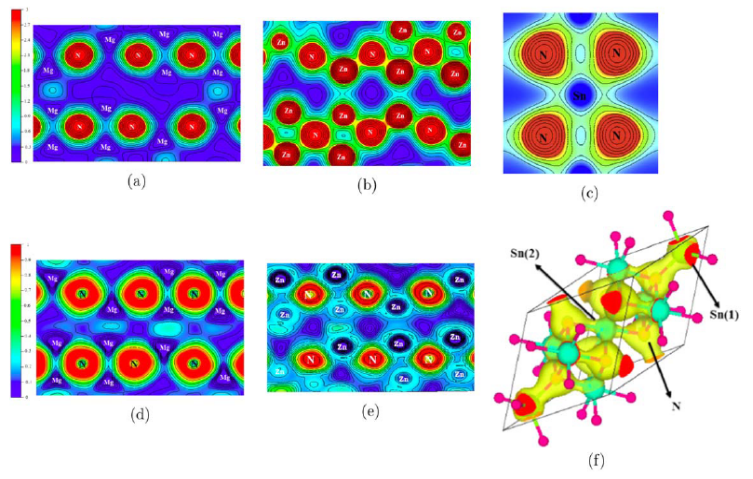"DFT studies on Materials for Solar Energy Applications"
Solar energy is one of the largest sources of renewable energy received from the sun, which can
be converted
into electrical and thermal energy by suitable technology, using photovoltaic and thermoelectric
materials,
respectively. Understanding the fundamental properties of these materials is essential to
enhance the conversion
efficiency and thereby increase the utilization of solar energy. Developing the new class of
solar cell materials and advancing their technological transformation are required for this
purpose.
In past decades Transparent Conducting (TC) materials have been attractive, due to their unique
combination of two
contradictory properties, viz. transparency due to wide energy bandgap, and high electrical
conductivity due to defects.
TC materials are used in a wide range of applications such as solar cells, optoelectronic
devices, optical sensors, light-emitting diodes,
and flat panel displays etc. In solar cells, the TC materials are used as a window material due
to their transparency that enables
absorption of wide solar spectrum and also as electrical contacts due to their high electrical
conductivity. From the past few decades,
Oxide TC materials such as Tin Oxide (SnO2), Indium Oxide (In2O3), Indium doped Tin Oxide (ITO),
and Zinc Oxide (ZnO),
are dominating the technological world because of their high electrical conductivity and optical
transparency.
We have started exploring TC Nitrides, as they are having wide and direct bandgaps, high carrier
concentration, high electronic mobility,
large bulk modulus, and cost-effective constituents. We have analyzed the electronic structure
of A3N2 (A=Mg, Zn, and Sn) and Sn3N4.
We have also investigated one of the famous p-type TCO, CuYO2 and analysed its electronic
structure under the influence of intrinsic
defects like vacancies and Oxygen interstitials as well as co-doping of Oi with BY, AlY, GaY,
and InY. Moreover, we have elucidated that
intermediate bands that can enhance photon absorption
can be introduced by doping CuYO2 with suitable combination of intrinsic defects and impurity
atoms.
For example, we have shown that, by doping CuYO2 with Ni, Pi, and Asi at interstitial sites, an
intermediate
band is obtained above the valence band and is well separated from the conduction band,
thereby enhancing the absorption of solar photons and increasing the solar energy conversion
efficiency.

Quick Links
Reach Us
Sir CV Raman Block , Anna University.
C-mAIn@annauniv.edu
044-22359938
© C-mAIn. All Rights Reserved. Designed by HTML Codex. Maintained by Scholars of C-mAIn.